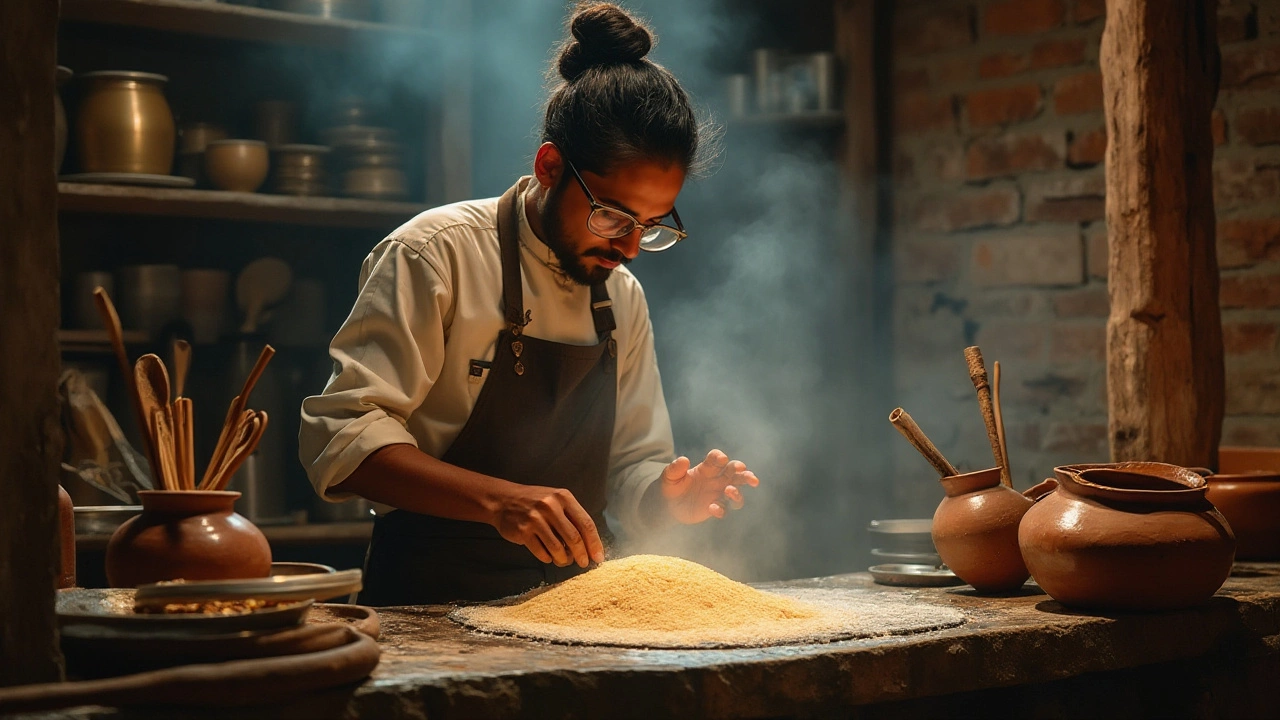Urad Dal Impact: What It Means for Your Kitchen and Health
When working with Urad Dal, a black gram lentil widely used in Indian cooking. Also known as black gram, it adds body, protein, and a distinct earthiness to dishes, you’re dealing with a true kitchen workhorse. One of the biggest reasons people care about Urad dal impact is its high Protein, providing about 25 % of its dry weight as plant‑based protein. But protein only shines after proper Soaking, a step that softens the seed, reduces anti‑nutrients, and speeds up cooking. Soaking also opens the door to sprouting, which further boosts nutrients and makes the dal easier on digestion. In short, urad dal connects nutrition, preparation methods, and classic recipes in a single, versatile package.
Key Points About Urad Dal Impact
From a nutritional standpoint, urad dal delivers a solid combo of protein, complex carbs, and soluble fiber. A 100‑gram serving offers roughly 25 g protein, 60 g carbs, and 5 g fiber, plus iron, potassium, and B‑vitamins. This profile helps stabilize blood sugar, supports muscle repair, and keeps you full longer. Because the protein is rich in lysine—a amino acid often missing in cereals—pairing urad dal with rice creates a complete protein meal, a classic Indian strategy for balanced nutrition. The fiber content also promotes gut health by feeding beneficial bacteria, while the low glycemic index makes the dal a smart choice for heart‑healthy diets.
Cooking techniques shape how those nutrients show up on your plate. After a 4‑to‑8 hour soak, rinse the dal well, then pressure‑cook or simmer until tender. For dishes like dosa and idli, grind the soaked beans into a batter, add fermented rice, and let it rest to develop flavor. In dal makhani, a slow simmer with butter and cream creates a rich, velvety texture that highlights the dal’s natural creaminess. Traditional Indian Dishes, such as dosa, idli, and dal makhani, rely on urad dal’s unique texture and flavor profile to achieve their signature taste. Simple tweaks—like adding a pinch of baking soda during cooking—can further soften the beans and improve puffiness in fried batters.
Below you’ll find a curated set of articles that dive deeper into each of these angles. Whether you want to master the art of soaking, compare the protein punch of different dals, or explore health‑focused recipes, the posts cover practical tips, scientific explanations, and real‑world cooking advice. Keep reading to unlock the full potential of urad dal in your meals and see how its impact can transform both flavor and nutrition in your everyday kitchen.

Understanding the Impact of Excess Urad Dal in Dosa Batter
When preparing dosa batter, the proportion of urad dal plays a crucial role in the texture and taste of the final product. This article explores the effects of having too much urad dal in the batter, the science behind it, and provides practical tips for achieving the perfect dosa. We delve into how the excess affects fermentation, texture, and ways to balance the ingredients right. Vital for any dosa enthusiast, this guide ensures a delicious and crispy outcome.